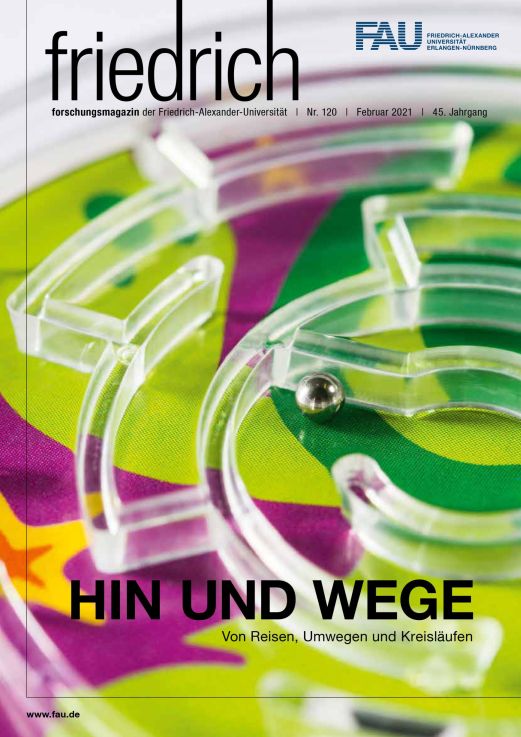Finding out what is going wrong: The search for the cause of autoimmunity
The immune systems of patients with autoimmune diseases such as rheumatoid arthritis (RA) function abnormally. They not only attack potentially dangerous microorganisms or tumour cells, but also the body’s own tissue such as the joints in the case of rheumatoid arthritis. This results in symptoms ranging from painful inflammation to joint stiffness. A team from FAU led by Prof. Dr. Gerhard Krönke from the Chair of Internal Medicine III and funded by the German Research Foundation (DFG) is investigating the causes of this incorrect programming of the immune system in rheumatoid arthritis as part of the PANDORA project. The team hopes to discover what causes the signalling between the immune system and the joints to malfunction. They also aim to find out how to override this incorrect programming of the immune system and the signalling pathways to develop preventive treatments or to find a cure for rheumatoid arthritis. Up to now, treatments can only slow down the progression of RA and relieve symptoms. ‘In the currently running clinical study called ‘Tolera’, our aim is to restore immune tolerance by using an entirely new combination of already approved medication for treating rheumatoid arthritis,’ says Krönke.
Immune cell research
As part of their research, Krönke’s team is focusing on single immune cells in joints and their gene expression, or in other words, the manifestation and development of genetically predisposed characteristics. The researchers have identified a wide range of cells that have various tasks and depending on the changes to the gene expression, they are now able to determine whether one or several signalling pathways have to be inhibited or activated so that everything works as it should. If a signalling pathway deviates from the norm, this can be an indication of disruptions in the immune response.
Lipid signals are some of the signalling pathways on a cellular level that Krönke’s working group is investigating. The oxidisation of lipids in the cells leads to the formation of various substances that play a role in passing on information in and between cells. These are known as lipid oxidation products and ensure the body’s ‘waste separation’ process works properly as they control the phagocytic cells that are part of the immune system. These macrophages are split into different types, of which some are responsible for the removal of bacteria or tumour cells. Others are responsible for eliminating dead cells and thus prevent immune responses to the body’s own cells. If the signalling pathways are working properly, these macrophages therefore also provide protection against autoimmune diseases.
Macrophages act like a caretaker
Krönke and his team have made several surprising discoveries during their research into immune cells and their interactions with other cells. One of these discoveries was a subtype of macrophages, which are linked to each other and are permanently located on the synovial membrane. They form a barrier around the joint to protect it. These macrophages residing in the tissue act like a caretaker, says Krönke, as their main function is to repair tissue damage and keep joints healthy. This means, however, that certain medication for treating rheumatoid arthritis which attacks macrophages could actually increase the damage to joints.
Surprise, surprise!
Krönke and his team have also made discoveries that don’t have much to do with rheumatology at all, for example that certain immune cells called eosinophilic granulocytes play a role in blood coagulation and increase the likelihood of thrombosis. Up to that point, the prevailing opinion was that these immune cells were mainly involved in allergies and worm infections.
‘Our starting point in experimental research is always a certain question. We then take a look at it in cell culture, in animals or in humans. We often come across something unexpected that either has nothing to do with the original hypothesis or even disproves it. The trick is knowing what is relevant,’ says Krönke.
About the author
Simone Harland has been a freelance journalist and copywriter for 25 years. She writes for magazines, companies and publishing houses and lives by the sea.
FAU research magazine friedrich
 This article first appeared in our research magazine friedrich. You can order the print issue (only available in German) free of charge at presse@fau.de.
This article first appeared in our research magazine friedrich. You can order the print issue (only available in German) free of charge at presse@fau.de.
